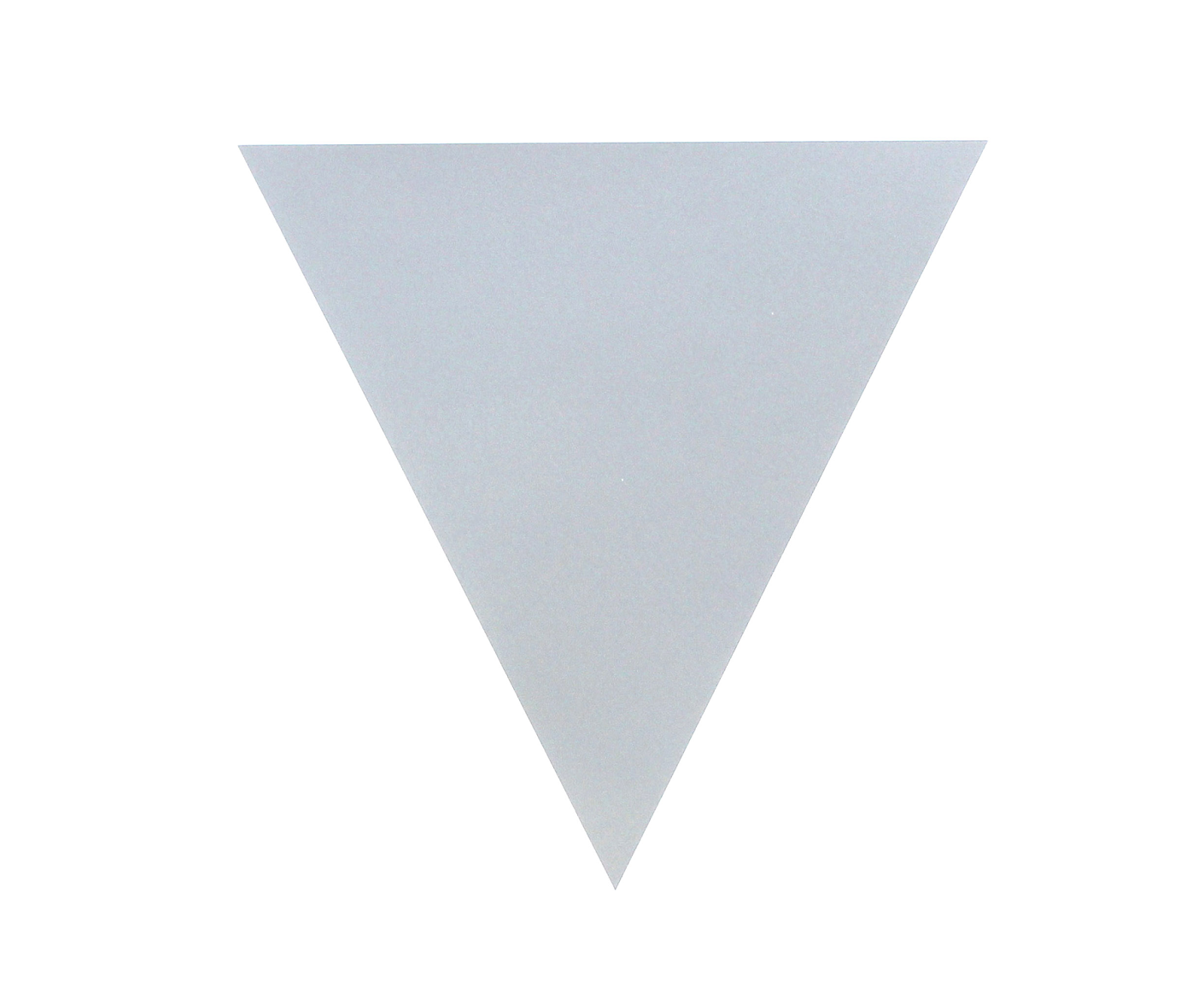A n t i d o t e s
PHOTOGRAPHIC SERIES
& WRITING
Bosnia and Herzegovina

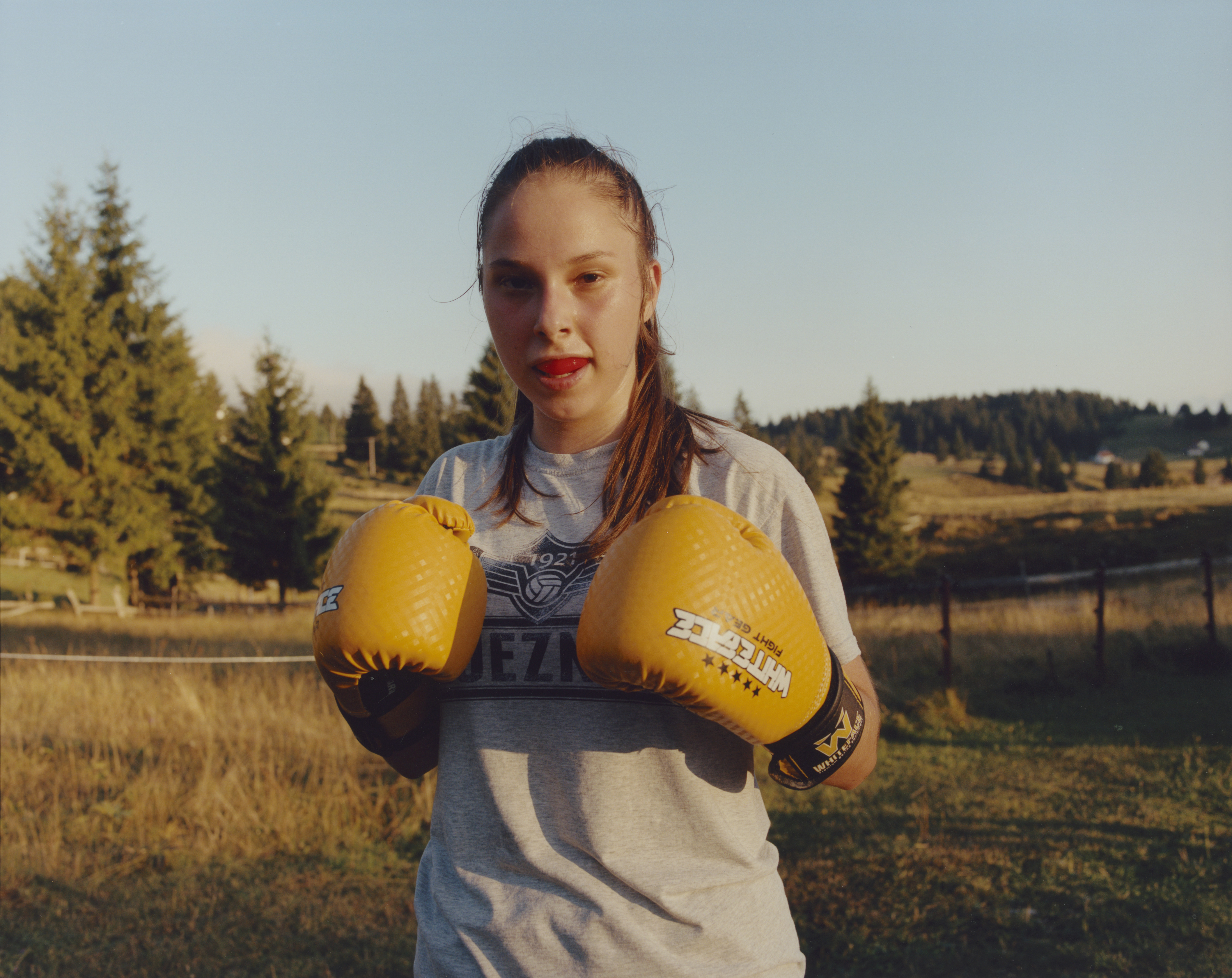
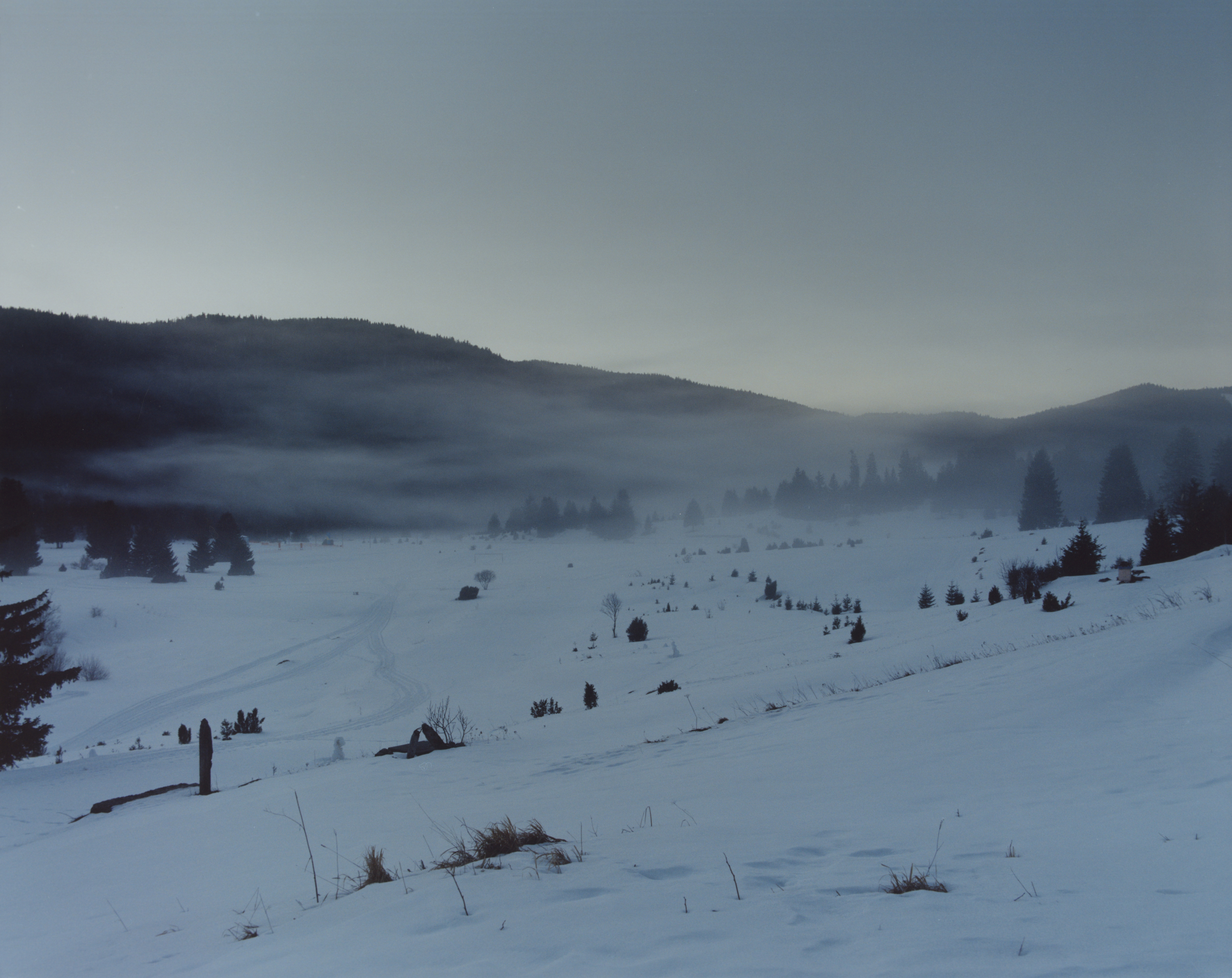


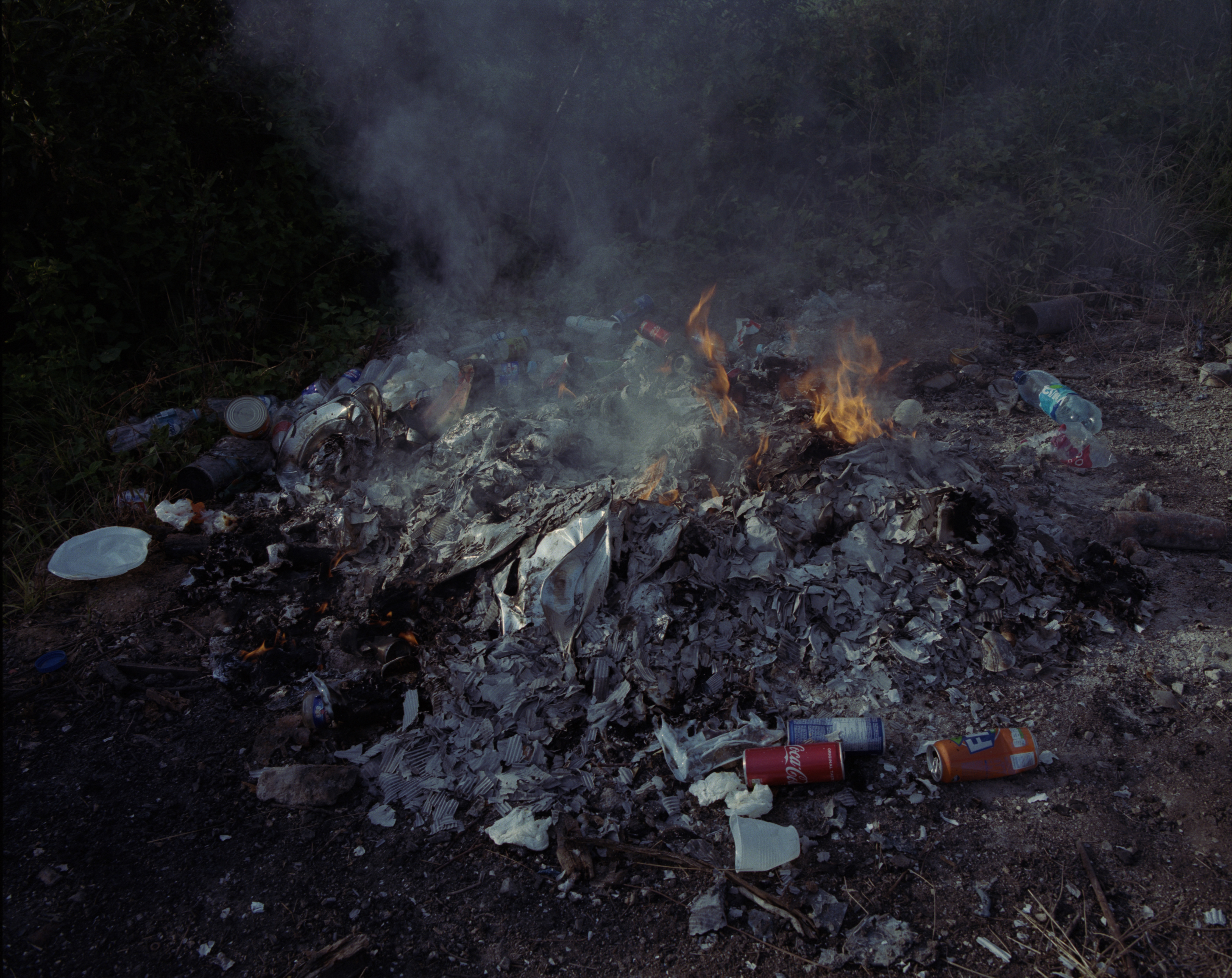
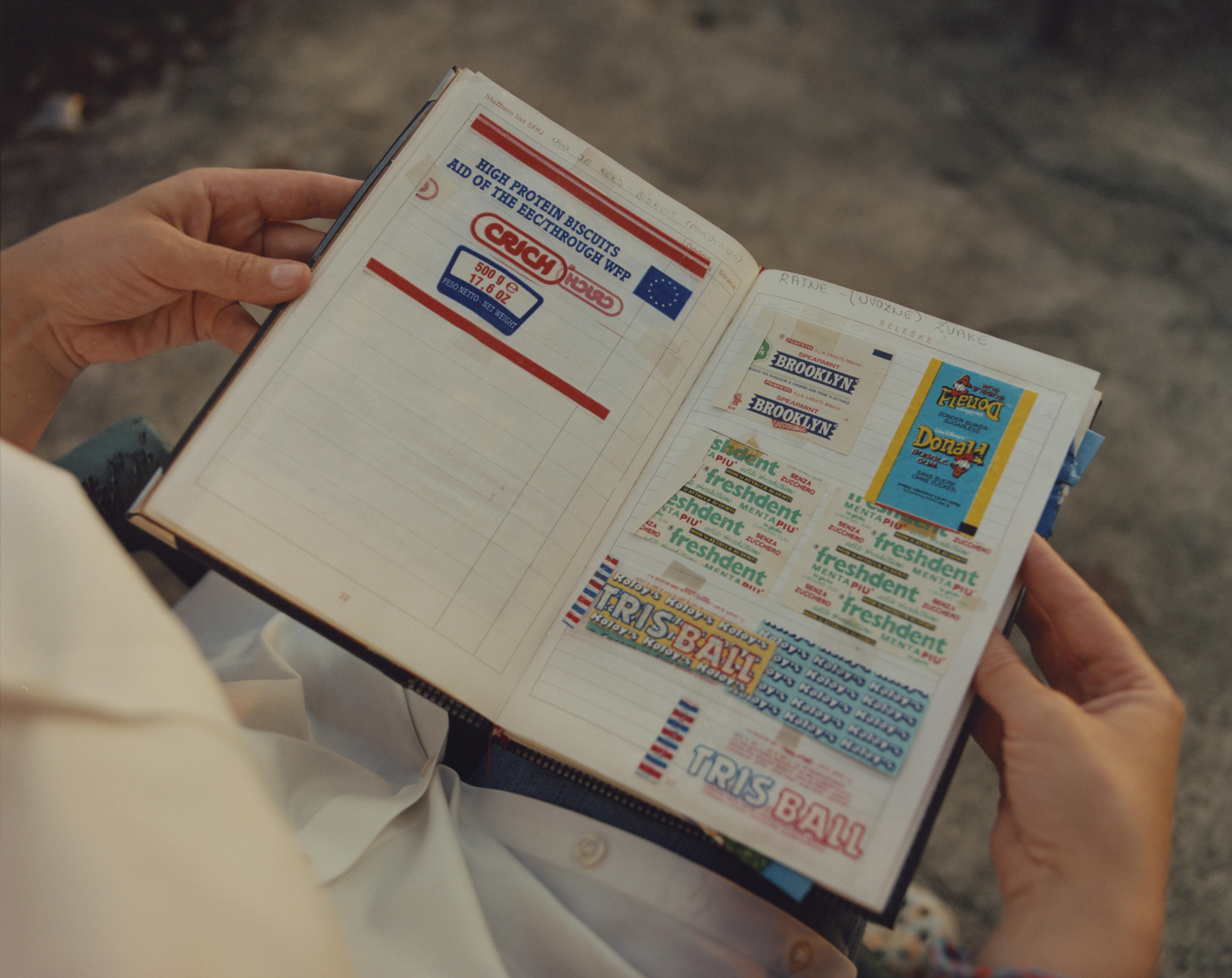


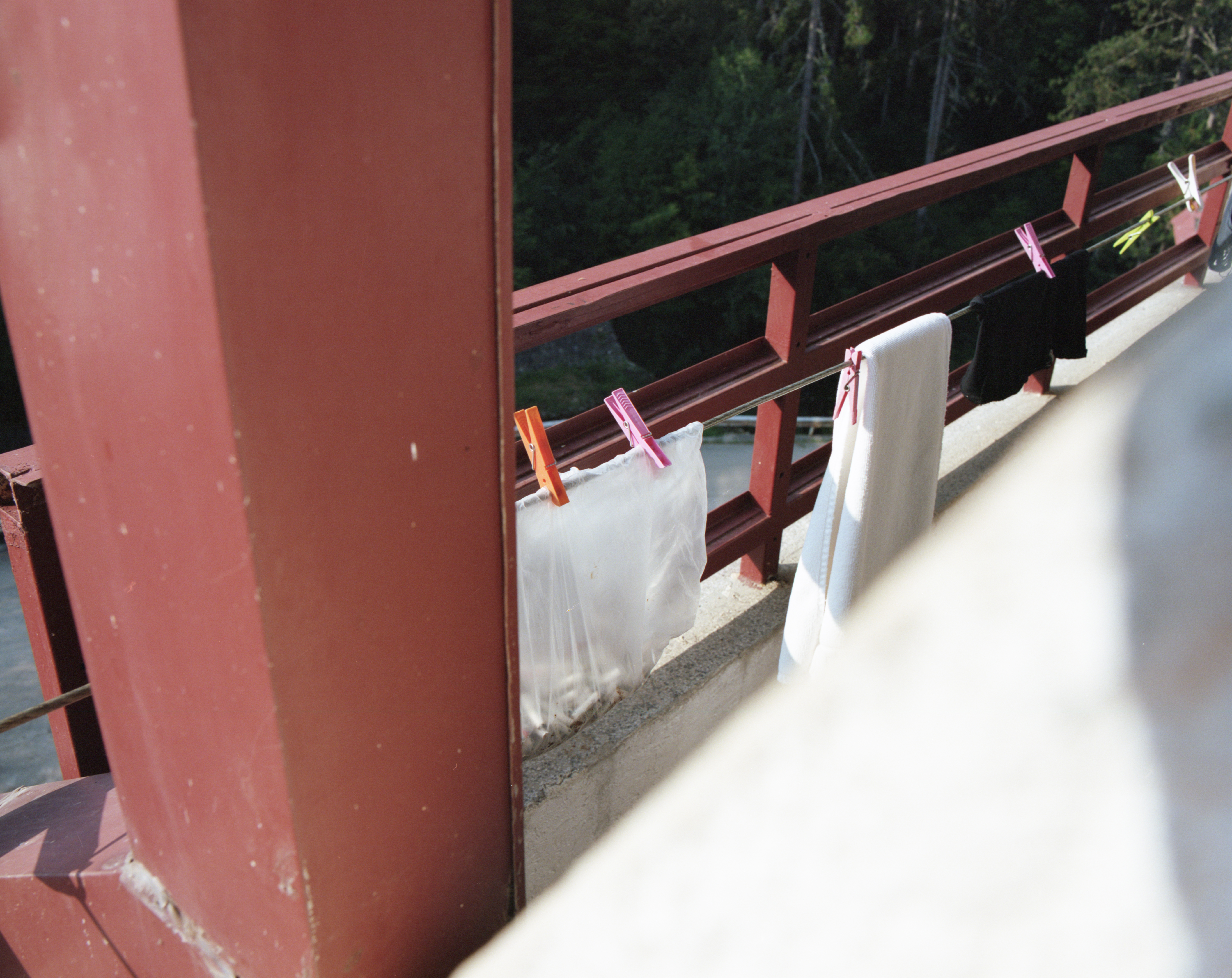

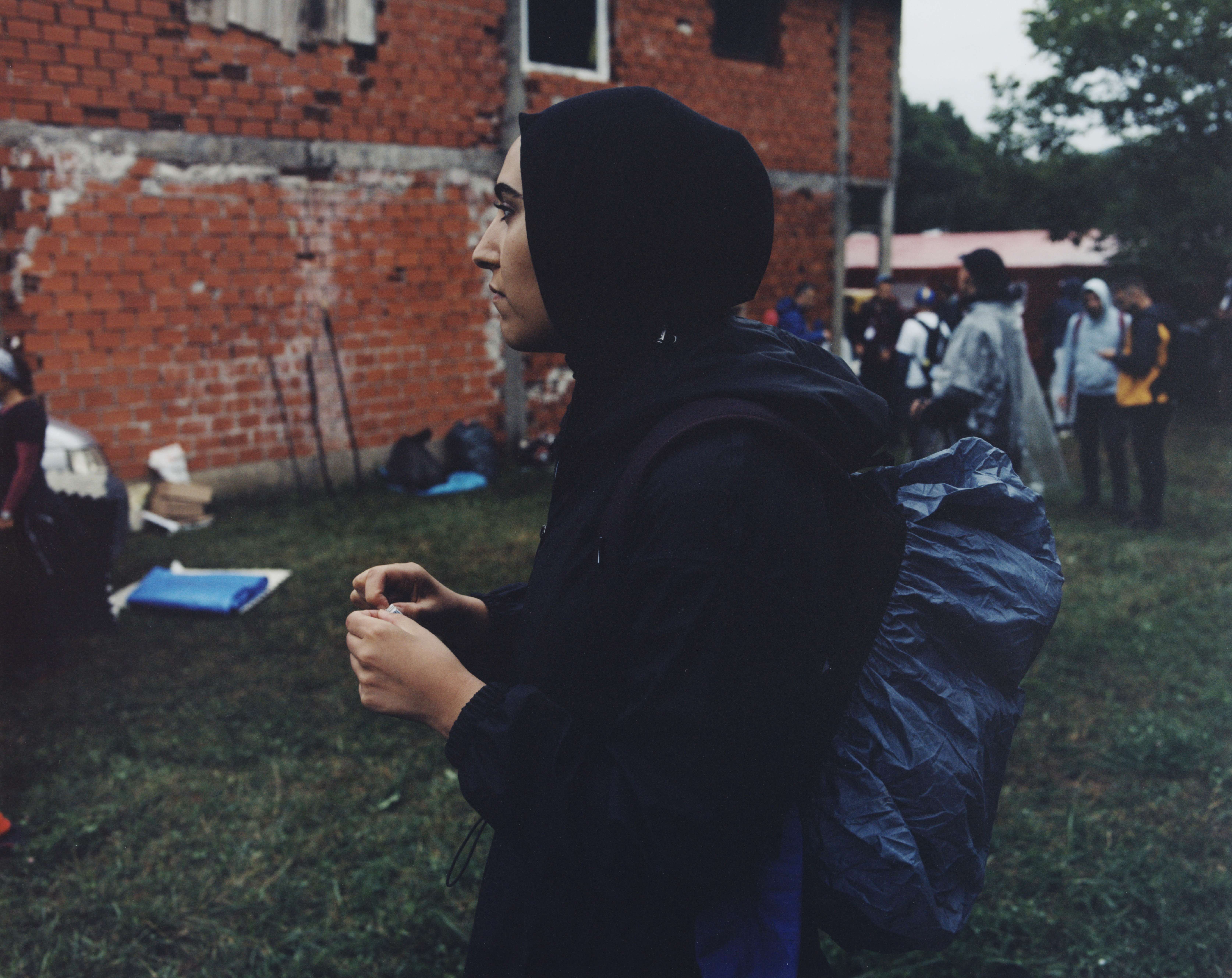
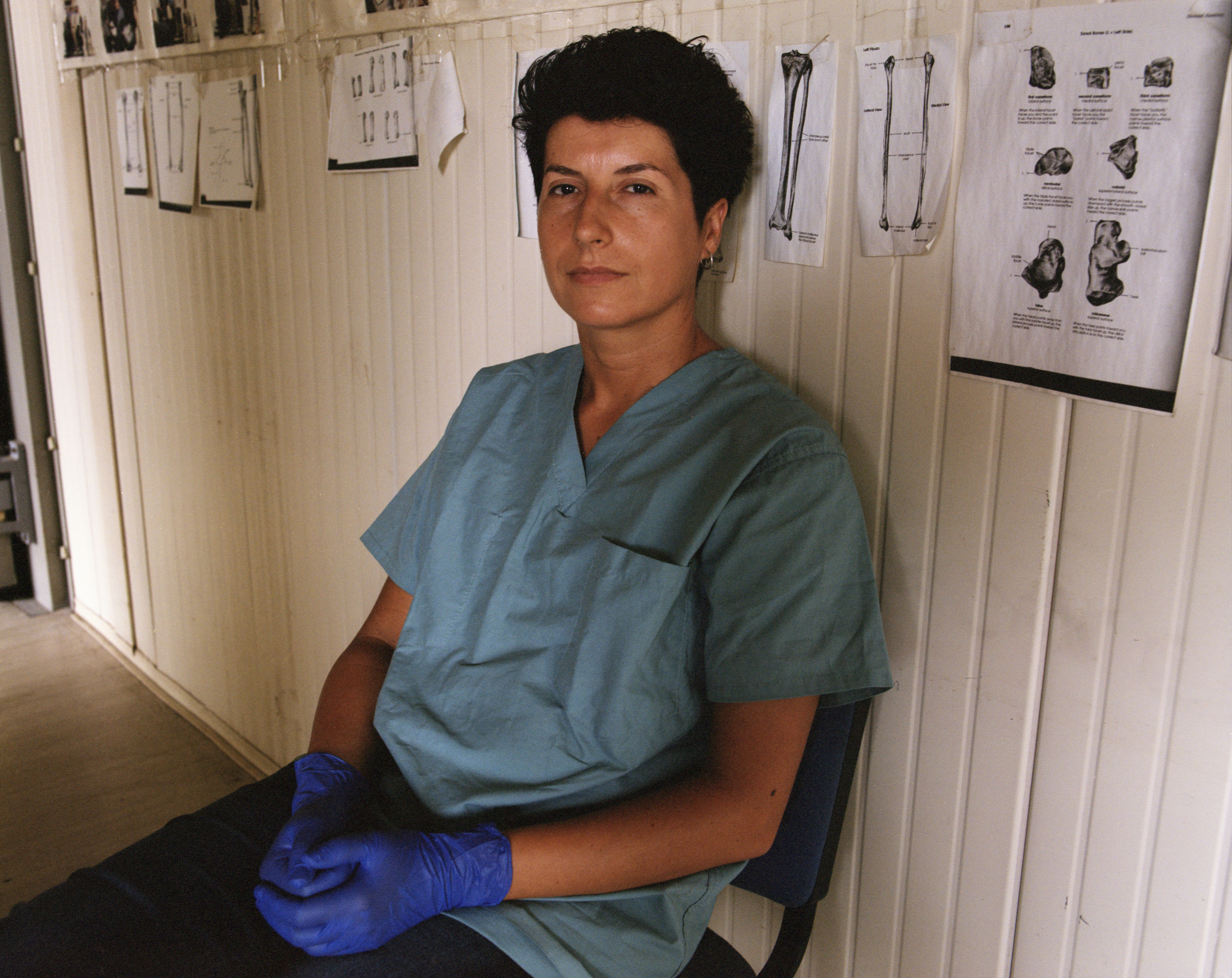

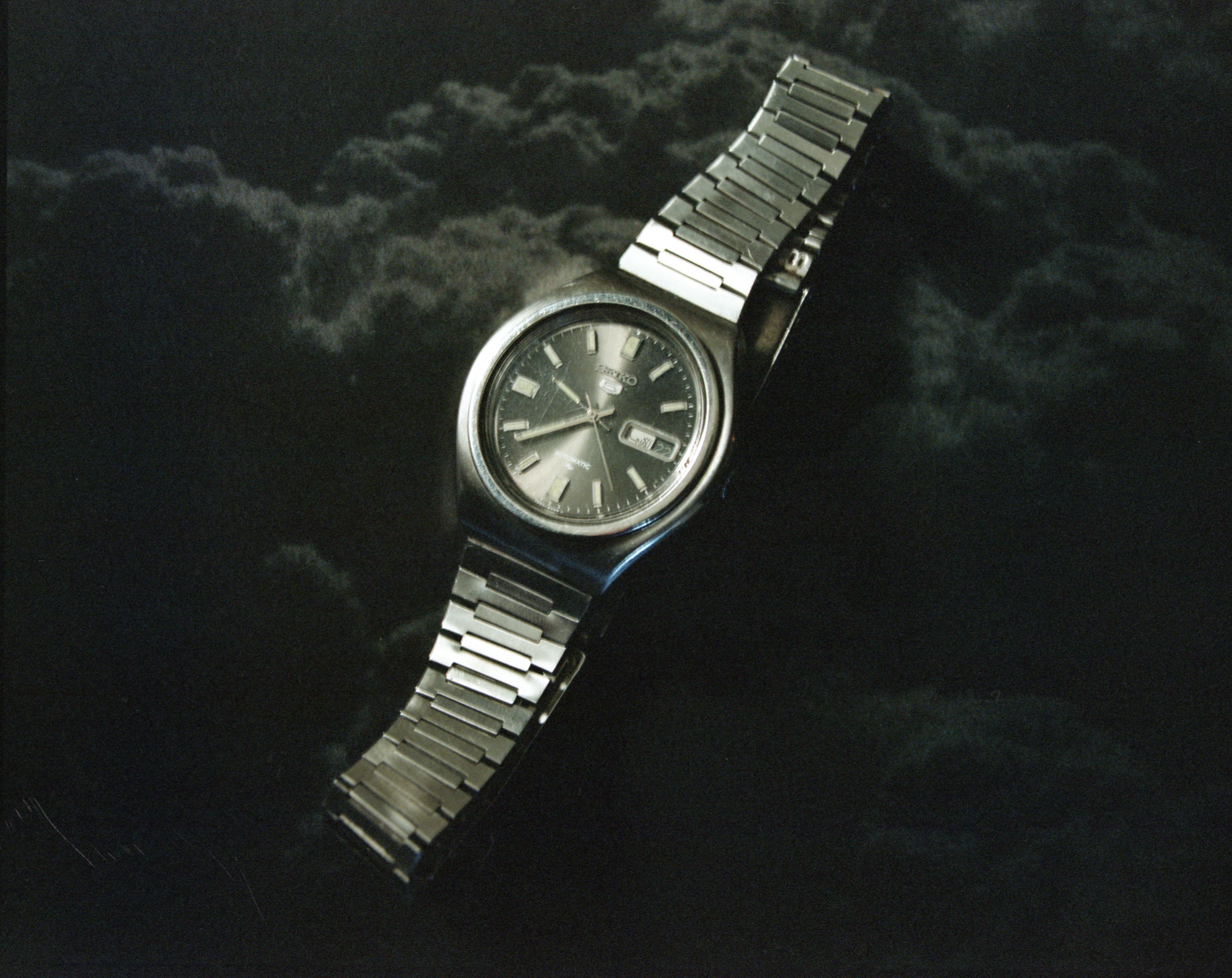

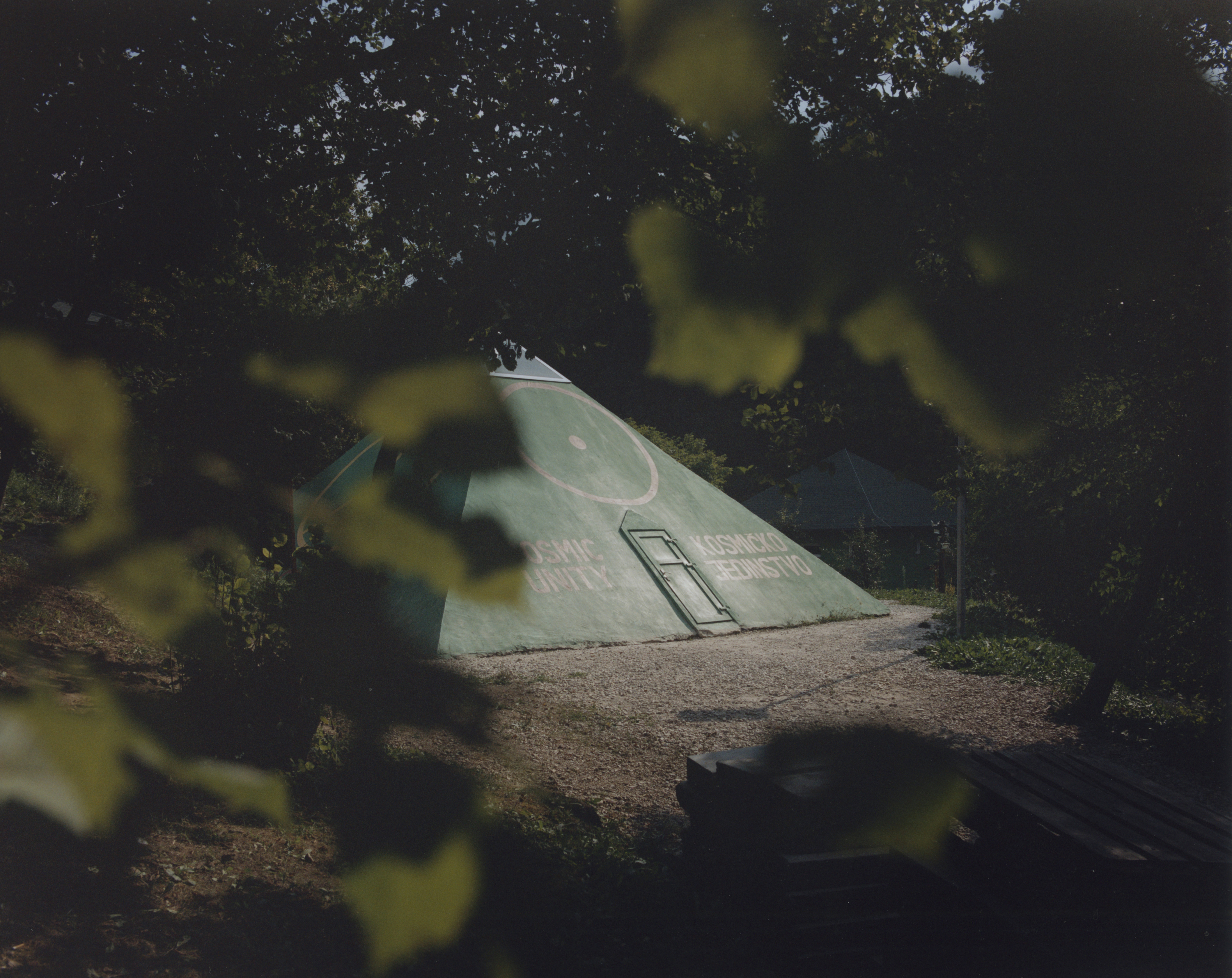

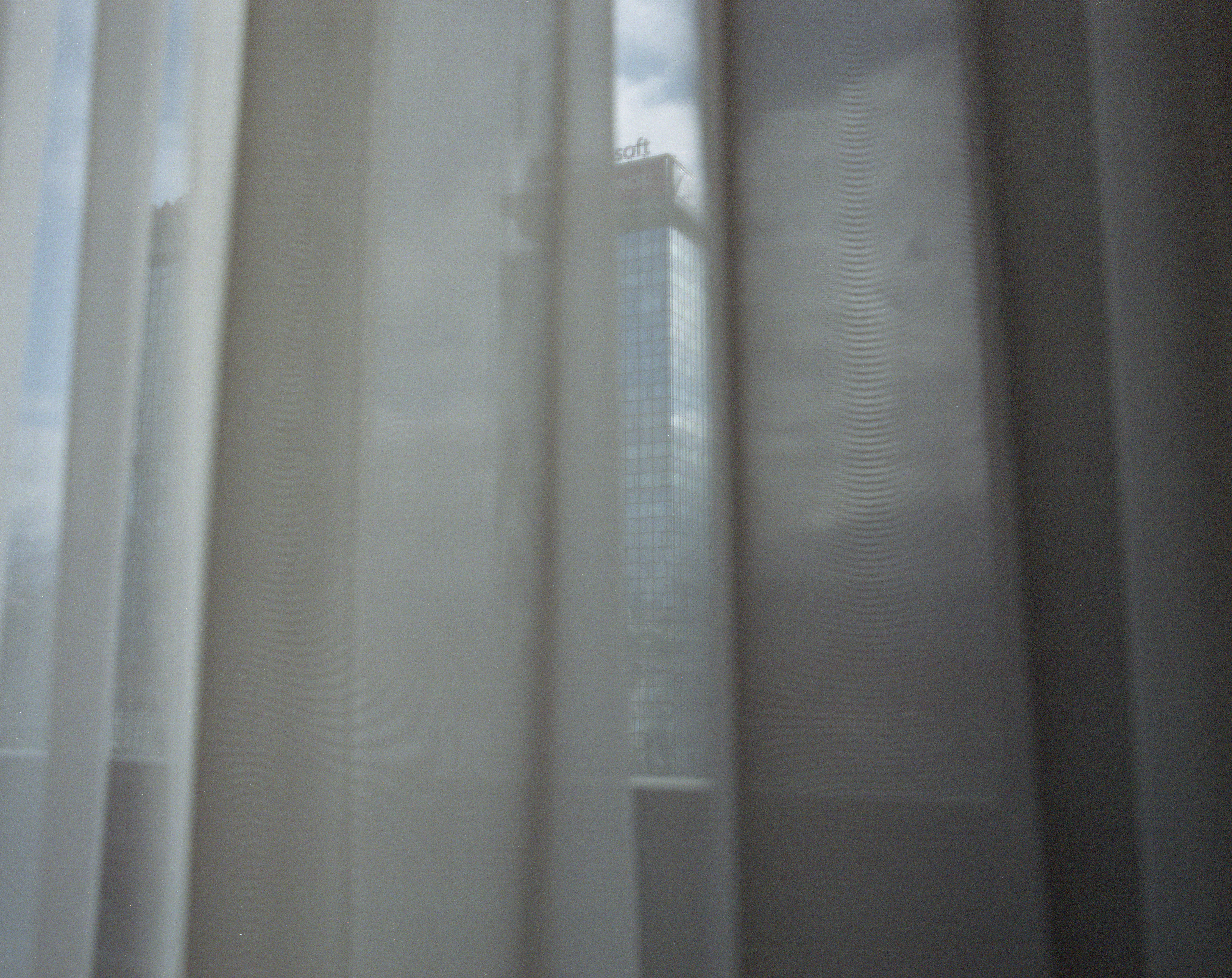
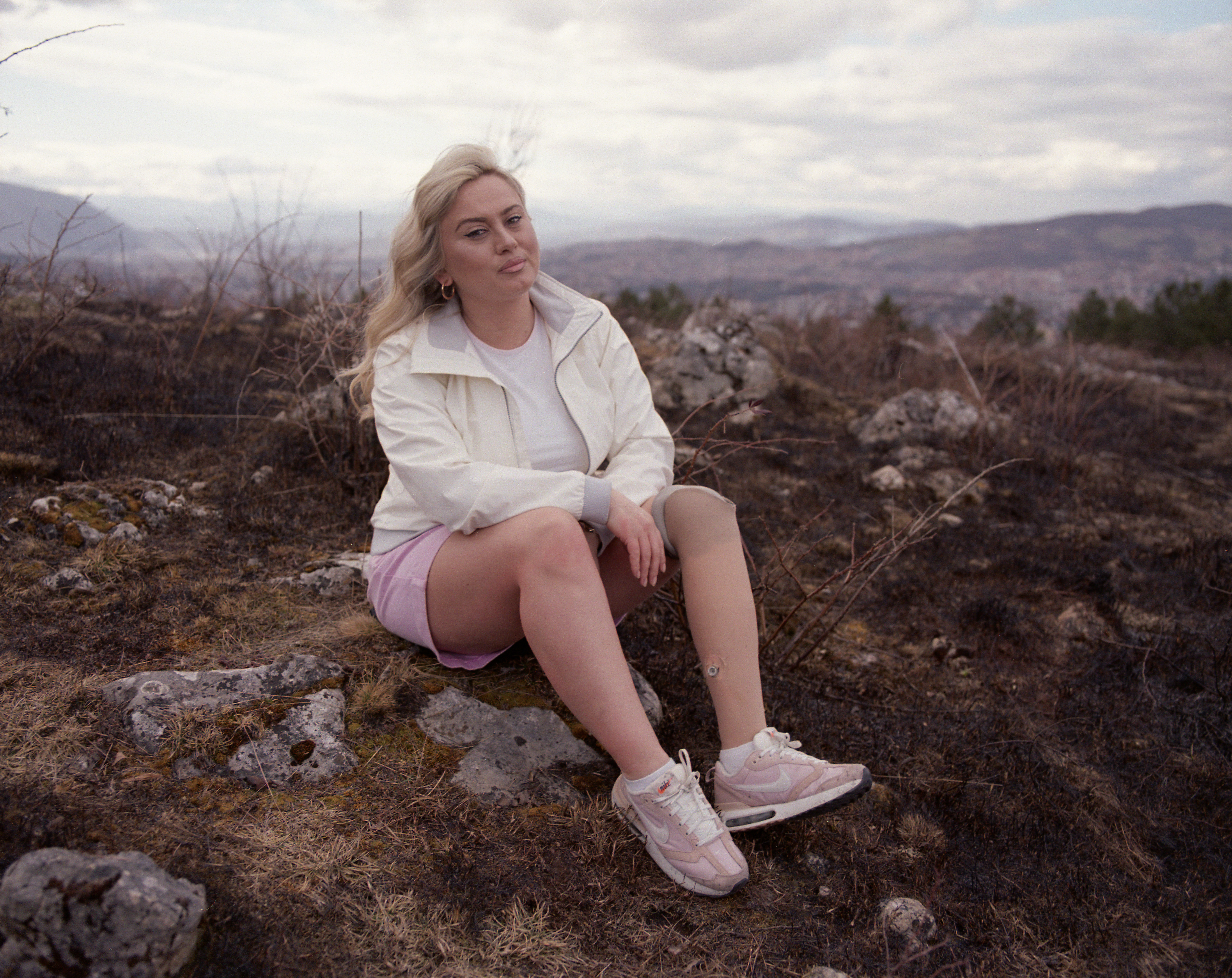
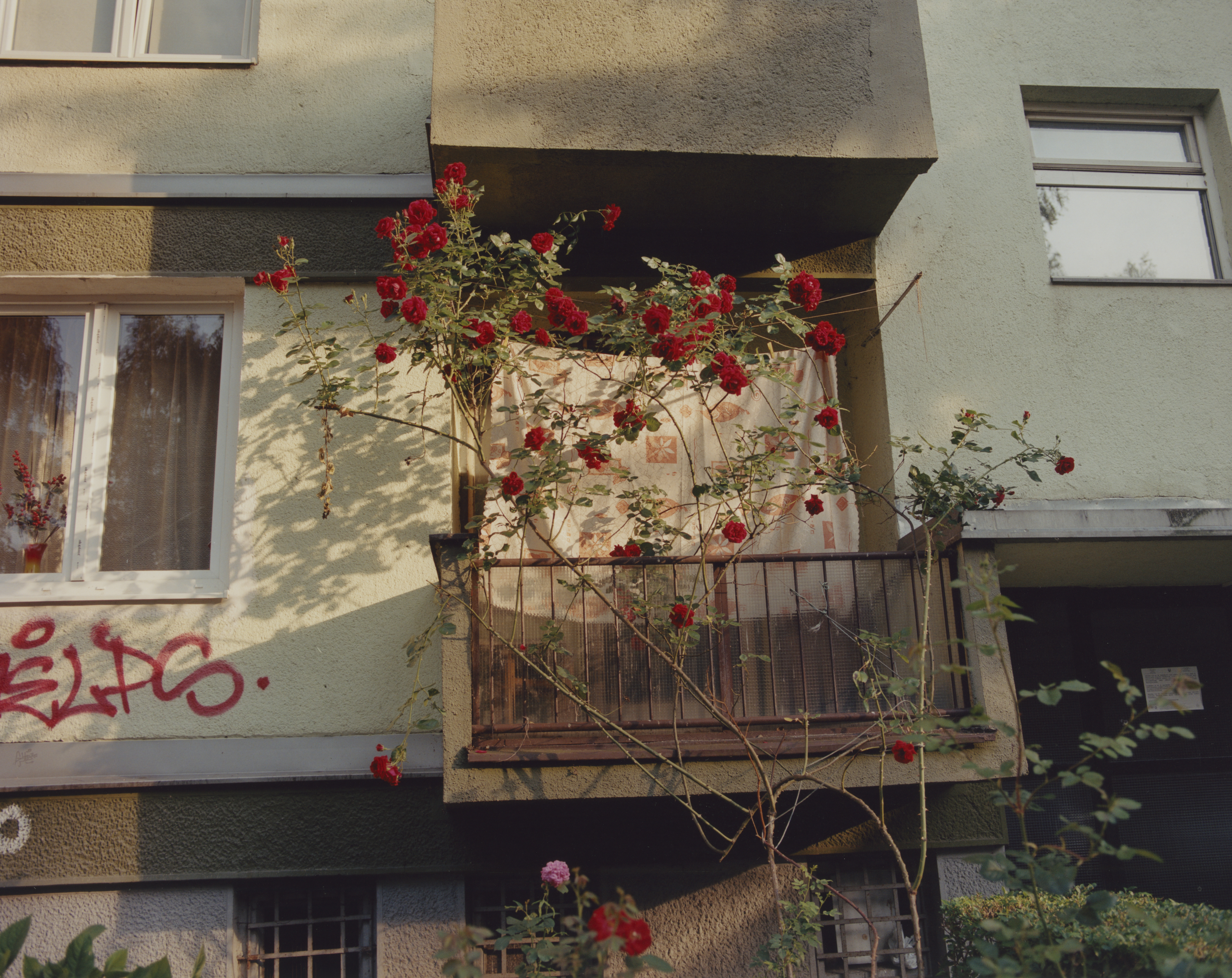
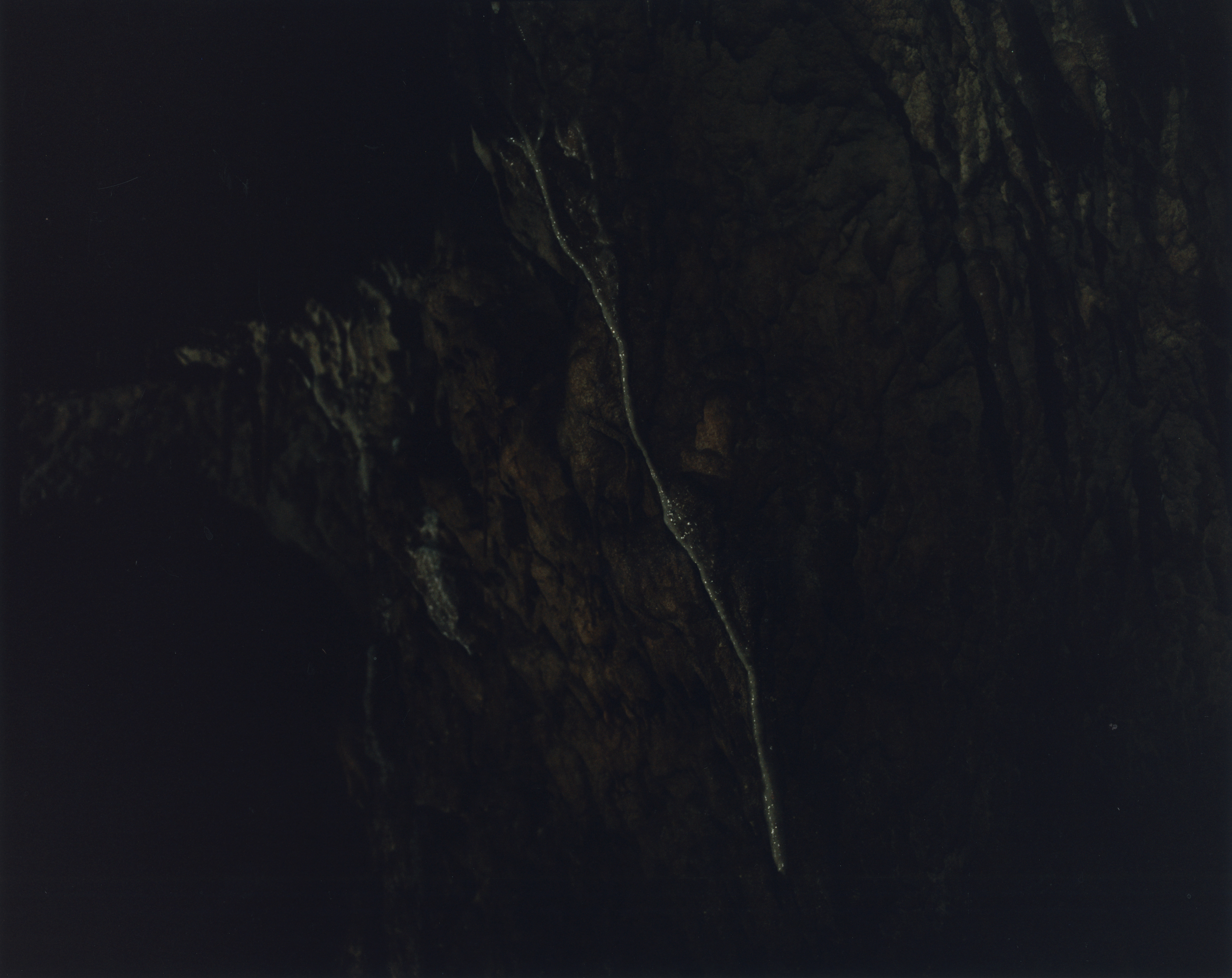


* 31.06 - 31.08.2025
Antidotes | solo exhibition at the History Museum of
Bosnia and Herzegovina, Sarajevo
Antidotes | solo exhibition at the History Museum of
Bosnia and Herzegovina, Sarajevo
Driven by an interest in the aftermath of the Bosnian War and the context of an accident that caused my father's death in 1996 (working for an IGO at the end of the war) I embarked on an open-ended road trip.
Almost thirty years following the Dayton Peace Accords, I became drawn into landscapes of contested memories, lingering traumas and imaginaries of different kinds.
In the framework of a breathtaking nature, of a unique, age-old coexistence of cultures and religions, of multilateral geopolitical influences, of youths emigrating to other countries due to a lack of opportunities... ongoing tensions between ethnic divisions, a push for secession by Bosnian Serbs, historical revisionism and the denial of crimes and of genocide continue to undermine transitions to justice and reconciliation.
With the support of Centre National
de l'Audio-Visuel, Kultur.lx Arts Council &
Ministry of Culture Luxembourg
Finalist at the Sarajevo Photography Festival 2023
de l'Audio-Visuel, Kultur.lx Arts Council &
Ministry of Culture Luxembourg
Finalist at the Sarajevo Photography Festival 2023
1. In several villages in the Romanija region (Eastern Republika Srpska), bonfires were burning. I was driving back to Sarajevo following an emotional commemoration in Potočari, where 50 newly identified genocide victims were buried. Here, Bosnian Serbs were celebrating a patriotic fest on the same day that, every year, commemorates the genocide in 1995.
2. On a slope of the scenic Mount Vlašić (Central Bosnia), a group of teenagers were boxing outside a cottage. Lejla - a promising candidate for the next junior kickboxing championship - was preparing for an upcoming fight in Novi Travnik.
3. To the west above Sarajevo stands the majestic Mount Igman. Evening mist settles on its slopes, which were the main sites during the 1984 Winter Olympics. During the war, Mount Igman was a very strategic point, a free territory through which anyone escaping Sarajevo traversed, and crucial battles were fought on its frontlines.
4. Inside the Potočari Memorial Museum, an uncanny reconstruction of the office of Colonel Thom Karremans who was appointed commander of the Dutch Battalion deployed to the enclave in 1995. Between the 11th and 22nd July that year, Srebrenica transformed into a genocidal death zone with no escape out, all this after the UN had promised military protection, and after the disarmament of all the people.
5. Izo was a young father and geologist, when he volunteered to join the army at the beginning of the Siege of Sarajevo.
He spent many months on the frontlines in the mountains of Bjelašnica. Most Bosnian combatants lacked proper equipment; he wore his own clothes - his winter jacket, hiking shoes, and Converse trainers.
Toward the end of the war, they suddenly received brand-new uniforms but, these were never to be used as the Dayton Accords (November 1995) ended the war, freezing the conflict lines, and establishing the Constitution of Bosnia and Herzegovina, which is still in effect today.
6. Trash being burnt on the side of a road, near Prijedor (Krajina, Republika Srpska).
2. On a slope of the scenic Mount Vlašić (Central Bosnia), a group of teenagers were boxing outside a cottage. Lejla - a promising candidate for the next junior kickboxing championship - was preparing for an upcoming fight in Novi Travnik.
3. To the west above Sarajevo stands the majestic Mount Igman. Evening mist settles on its slopes, which were the main sites during the 1984 Winter Olympics. During the war, Mount Igman was a very strategic point, a free territory through which anyone escaping Sarajevo traversed, and crucial battles were fought on its frontlines.
4. Inside the Potočari Memorial Museum, an uncanny reconstruction of the office of Colonel Thom Karremans who was appointed commander of the Dutch Battalion deployed to the enclave in 1995. Between the 11th and 22nd July that year, Srebrenica transformed into a genocidal death zone with no escape out, all this after the UN had promised military protection, and after the disarmament of all the people.
5. Izo was a young father and geologist, when he volunteered to join the army at the beginning of the Siege of Sarajevo.
He spent many months on the frontlines in the mountains of Bjelašnica. Most Bosnian combatants lacked proper equipment; he wore his own clothes - his winter jacket, hiking shoes, and Converse trainers.
Toward the end of the war, they suddenly received brand-new uniforms but, these were never to be used as the Dayton Accords (November 1995) ended the war, freezing the conflict lines, and establishing the Constitution of Bosnia and Herzegovina, which is still in effect today.
6. Trash being burnt on the side of a road, near Prijedor (Krajina, Republika Srpska).
7. Amela was 11 yro when the war broke out. Lasting for almost four years, the Siege of Sarajevo was the longest lasting siege in modern history and left 11,000 residents dead, of which 1,600 were children.
With her brother Mirza they collected wrappings of sweets they received in packages sent from abroad. They had to go all the way to New Sarajevo municipality to get them, risking their lives because one had to cross a few very dangerous points in the city and one never knew where or when shells would hit.
8. During the Bosnian wars, one of the most infamous paramilitary groups was called ‘The White Eagles’ (associated with the ultra-nationalist Serbian Radical Party). They played a major role in the ethnic cleansing in Bosnia and are responsible for a number of atrocities including the Višegrad massacres. Many of its members have been convicted by the International Criminal Tribunal for former Yugoslavia (ICTY). I found this mural painting in the centre of Višegrad.
9. In the dense forest outside Višegrad lies a hotel named ‘Vilina Vlas’. Advertised as a ‘rehabilitation health spa’, this hotel became a detention and rape camp during the war, led by ‘The White Eagles’ or ‘Avengers’. At least 200 woman and girls were taken here and tortured, most of them were killed and disappeared.
10. A current guest at the Vilina Vlas kept a strange collection hanging on her balcony’s washing line. There must have been more than hundred cigarette butts in that bag… Though rundown, the decor and most of the furniture hasn’t changed since the war. How a place of such grim memory could not close down, or at least be acknowledged as a site of historical crimes is puzzling. Either people do not condemn the acts that occurred, or they are in denial of their veracity. The systematic denial of the undeniable has become another way of waging a war.
11. A mural painted by soldiers of the Dutch Battalion inside the former battery factory that became the UN base in Potočari.
With her brother Mirza they collected wrappings of sweets they received in packages sent from abroad. They had to go all the way to New Sarajevo municipality to get them, risking their lives because one had to cross a few very dangerous points in the city and one never knew where or when shells would hit.
8. During the Bosnian wars, one of the most infamous paramilitary groups was called ‘The White Eagles’ (associated with the ultra-nationalist Serbian Radical Party). They played a major role in the ethnic cleansing in Bosnia and are responsible for a number of atrocities including the Višegrad massacres. Many of its members have been convicted by the International Criminal Tribunal for former Yugoslavia (ICTY). I found this mural painting in the centre of Višegrad.
9. In the dense forest outside Višegrad lies a hotel named ‘Vilina Vlas’. Advertised as a ‘rehabilitation health spa’, this hotel became a detention and rape camp during the war, led by ‘The White Eagles’ or ‘Avengers’. At least 200 woman and girls were taken here and tortured, most of them were killed and disappeared.
10. A current guest at the Vilina Vlas kept a strange collection hanging on her balcony’s washing line. There must have been more than hundred cigarette butts in that bag… Though rundown, the decor and most of the furniture hasn’t changed since the war. How a place of such grim memory could not close down, or at least be acknowledged as a site of historical crimes is puzzling. Either people do not condemn the acts that occurred, or they are in denial of their veracity. The systematic denial of the undeniable has become another way of waging a war.
11. A mural painted by soldiers of the Dutch Battalion inside the former battery factory that became the UN base in Potočari.
12. Every year thousands of people participate in a three-day
commemoration hike called ‘Marš Mira’ (peace march) in the
footsteps of a column of at least 15,000 men who fled Srebrenica
in July 1995. More than half never reached the free territory,
110km to the north. Kübra, a journalist from Germany, gets ready to walk 35km until nightfall.
13. Dragana is a senior forensic anthropologist at The International Commission for Missing Persons (ICMP) in Tuzla. Her job is to inspect and to clean all human remains in order to attempt to assemble the dead, and to send bone cut-outs to the Netherlands for DNA sampling. This scientific work, at its most committed and advanced, helps to identify and give names to these human remains and return the dead back to the living for burial.
The ICMP has also assisted the International Criminal Tribunal for former Yugoslavia and domestic legal systems in providing crucial forensic information, leading to the conviction of numerous war and human rights criminals.
14. The remains of an unidentified person recently exhumed from a mass grave. The largest DNA-identification effort in history, the International Commission for Missing Persons (ICMP) has been able to identify almost 7,000 victims out of the more than 8,000 killed in the Srebrenica genocide. In many cases the victims’ remains have been found in different locations, in secondary or even tertiary graves, due to the perpetrators’ efforts to cover up the crimes.
15. This Seiko Automatic Movement watch was very popular in Bosnia in the 1980s. Several of them were found in mass graves containing victims of the genocide in Srebrenica. Because they operate through body motion (automatically coming to a halt after 36 or 48 hours of stillness), forensic scientists were able to estimate the time and date of the murders. Subsequently these watches were presented as evidence in various war tribunals.
13. Dragana is a senior forensic anthropologist at The International Commission for Missing Persons (ICMP) in Tuzla. Her job is to inspect and to clean all human remains in order to attempt to assemble the dead, and to send bone cut-outs to the Netherlands for DNA sampling. This scientific work, at its most committed and advanced, helps to identify and give names to these human remains and return the dead back to the living for burial.
The ICMP has also assisted the International Criminal Tribunal for former Yugoslavia and domestic legal systems in providing crucial forensic information, leading to the conviction of numerous war and human rights criminals.
14. The remains of an unidentified person recently exhumed from a mass grave. The largest DNA-identification effort in history, the International Commission for Missing Persons (ICMP) has been able to identify almost 7,000 victims out of the more than 8,000 killed in the Srebrenica genocide. In many cases the victims’ remains have been found in different locations, in secondary or even tertiary graves, due to the perpetrators’ efforts to cover up the crimes.
15. This Seiko Automatic Movement watch was very popular in Bosnia in the 1980s. Several of them were found in mass graves containing victims of the genocide in Srebrenica. Because they operate through body motion (automatically coming to a halt after 36 or 48 hours of stillness), forensic scientists were able to estimate the time and date of the murders. Subsequently these watches were presented as evidence in various war tribunals.
16. Two women are dozing inside the ‘Ravne Archaeological Park’ in Visoko (Central Bosnia), above an underground labyrinth where one allegedly finds an “absence of negative radiations. There are also no mobile phone or Wifi signals. It therefore represents one of the most secure locations on the Planet” (quoting from the visitor brochure). An air of myth and circus surrounds the existence of three pyramid-shaped hills in Visoko. Since 2005, a Bosnian-American businessman, Sam Osmanagić, has claimed these hills are in fact the largest human-made ancient pyramids on Earth and that the whole area is endowed with cosmic, healing properties. His claims have been refuted by scientists, but he has succeeded in transforming the area into a unique tourist attraction.
17. A mysterious space of ‘Cosmic Unity’ at the foot of the ‘Pyramid of the Sun’ in Visoko.
18. A souvenir from Visoko, featuring the mysterious ‘Pyramid of the Sun’.
19. This is the view from the former Holiday Inn Hotel in Sarajevo. In April 1992, a referendum for an independent Bosnia was voted by a majority, but the Bosnian Serb leadership boycotted the referendum. The hotel was at that time the headquarter for Radovan Karadžić’s Serb Democratic Party (SDS) party.
During the siege it became the main base for international reporters and news agencies.
Across from the hotel, massive advertising panels now sit on top of the Momo & Uzeir twin towers; brands pointing to today’s highly digitised and partly disembodied world, like Microsoft.
Reflecting on the extensive propaganda responsible for the war – including polarization, fear mongering and lies - one cannot avoid thinking that nowadays too, our shared reality is being torn apart and question our capacities to uphold the truth.
South Corean philosopher Byung-Chul Han once wrote: “We save masses of data, without keeping track of memories.”
17. A mysterious space of ‘Cosmic Unity’ at the foot of the ‘Pyramid of the Sun’ in Visoko.
18. A souvenir from Visoko, featuring the mysterious ‘Pyramid of the Sun’.
19. This is the view from the former Holiday Inn Hotel in Sarajevo. In April 1992, a referendum for an independent Bosnia was voted by a majority, but the Bosnian Serb leadership boycotted the referendum. The hotel was at that time the headquarter for Radovan Karadžić’s Serb Democratic Party (SDS) party.
During the siege it became the main base for international reporters and news agencies.
Across from the hotel, massive advertising panels now sit on top of the Momo & Uzeir twin towers; brands pointing to today’s highly digitised and partly disembodied world, like Microsoft.
Reflecting on the extensive propaganda responsible for the war – including polarization, fear mongering and lies - one cannot avoid thinking that nowadays too, our shared reality is being torn apart and question our capacities to uphold the truth.
South Corean philosopher Byung-Chul Han once wrote: “We save masses of data, without keeping track of memories.”
20. Selma tragically stepped on an unexploded mine when she was eight years old while the family went on a walk on mount Zuč, north of Sarajevo. The war was over, they kept to the beaten track, yet de-mining had barely begun at that stage and many areas were unmarked. Selma survived the blast but lost the lower part of her left leg. She has been an advocate for mine victims and an inspiring example for young people around the world, raising awareness about the danger of landmines, about prosthetics and the crucial role of education.
21. A balcony in the heart of Sarajevo’s Grbavica district; former front- line area situated between the Miljacka River and ‘Zmaja od Bosne’ aka Sniper Avenue. Many roses fill Sarajevo’s gardens and parks and in-between spaces. An important symbol in Islam, Sarajevo also hosts a series of roses of a different sort, called ‘Sarajevo Roses’; the remaining circular pattern of exploded mortar shells on roads and pavements that have been filled with red paint as memorial sites. A UN report concluded that at the height of the siege, more than 3,000 shells were falling on the city each day.
22. This calcite formation lies deep inside the Orlovača cave, 15km east of Sarajevo (Republika Srpska). The second longest cave in BiH, it is also known for the bones of a cave bear estimated to be 16,000 years old. A waiter from a nearby café told me that his great-uncle discovered the cave when one of his sheep got lost, and that it was also famous for a strange creature inhabiting it. I asked him what kind of creature and he replied that it’s a myth, that it’s more likely to have been a homeless man or some ‘Crazy George’.
23. A mother and daughter peeking through the fences onto an incoming plane. On many days in July-August, Sarajevo’s airport is jam-packed with the extended families coming to greet emigrated Bosnians returning for the summer. Around 2 million people make up the Bosnian Diaspora. The clandestine ‘tunnel of hope’ was digged under this runway during the city’s siege.
21. A balcony in the heart of Sarajevo’s Grbavica district; former front- line area situated between the Miljacka River and ‘Zmaja od Bosne’ aka Sniper Avenue. Many roses fill Sarajevo’s gardens and parks and in-between spaces. An important symbol in Islam, Sarajevo also hosts a series of roses of a different sort, called ‘Sarajevo Roses’; the remaining circular pattern of exploded mortar shells on roads and pavements that have been filled with red paint as memorial sites. A UN report concluded that at the height of the siege, more than 3,000 shells were falling on the city each day.
22. This calcite formation lies deep inside the Orlovača cave, 15km east of Sarajevo (Republika Srpska). The second longest cave in BiH, it is also known for the bones of a cave bear estimated to be 16,000 years old. A waiter from a nearby café told me that his great-uncle discovered the cave when one of his sheep got lost, and that it was also famous for a strange creature inhabiting it. I asked him what kind of creature and he replied that it’s a myth, that it’s more likely to have been a homeless man or some ‘Crazy George’.
23. A mother and daughter peeking through the fences onto an incoming plane. On many days in July-August, Sarajevo’s airport is jam-packed with the extended families coming to greet emigrated Bosnians returning for the summer. Around 2 million people make up the Bosnian Diaspora. The clandestine ‘tunnel of hope’ was digged under this runway during the city’s siege.
